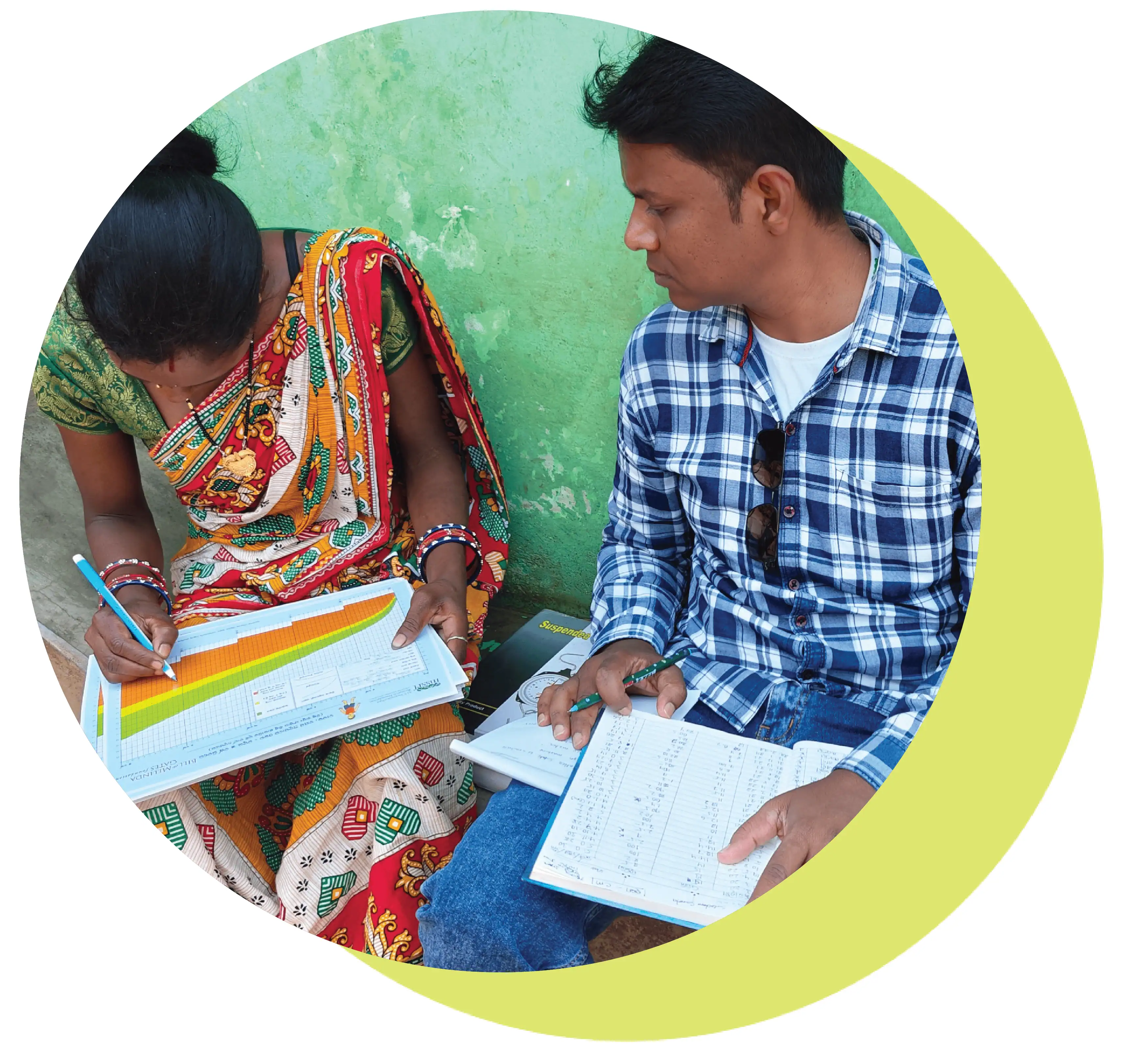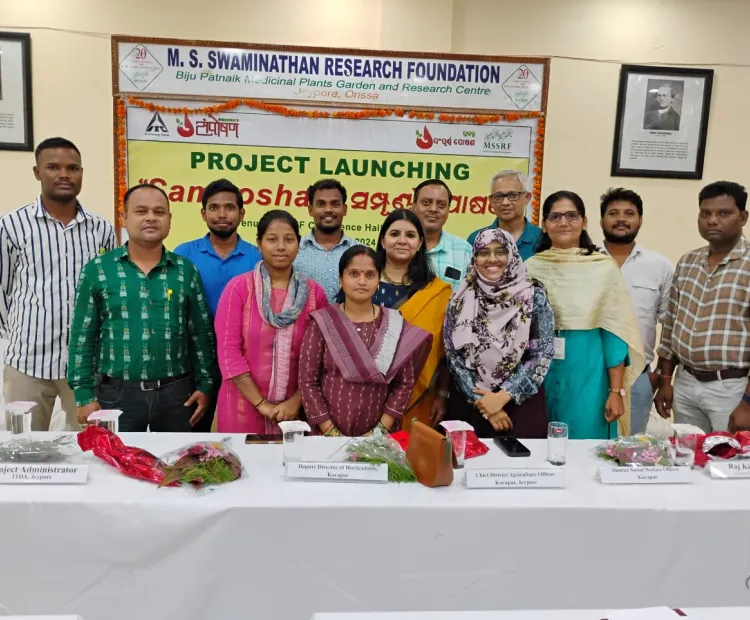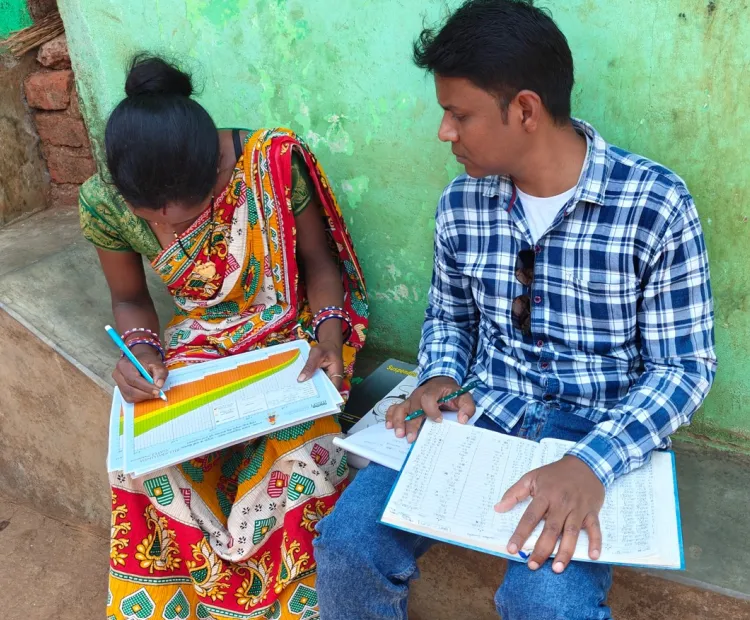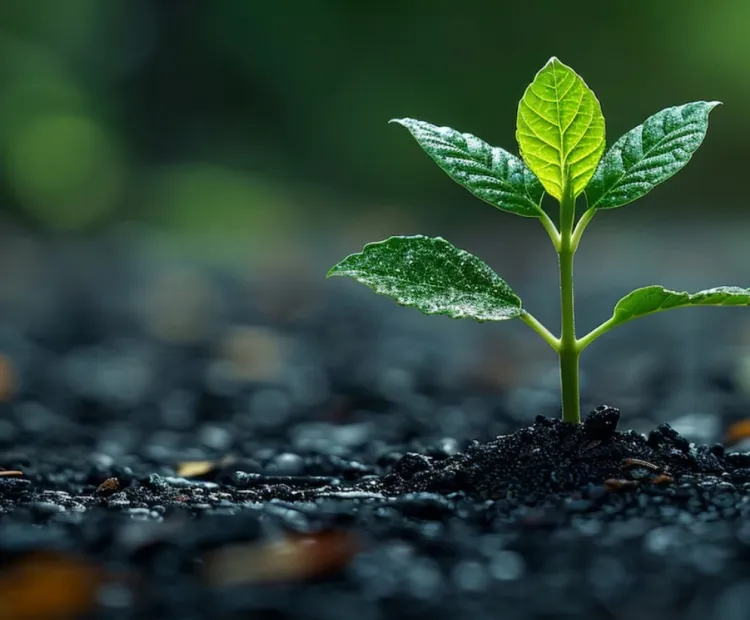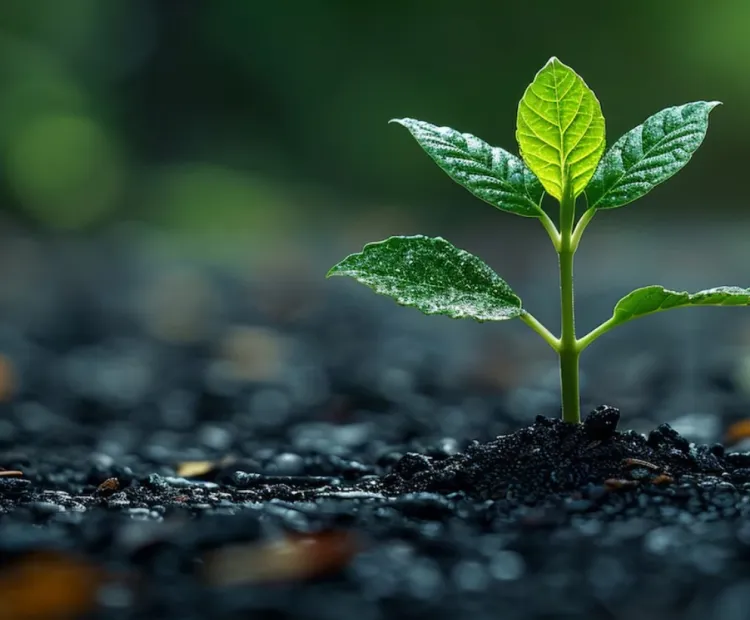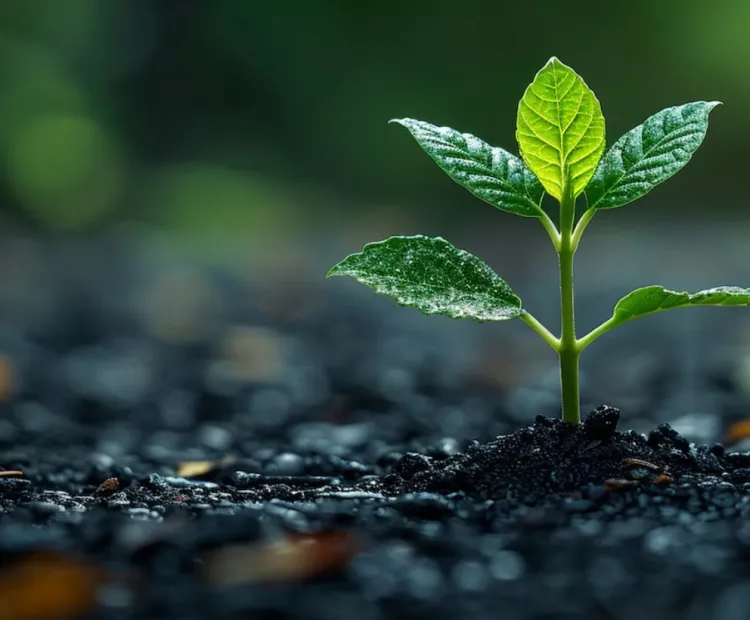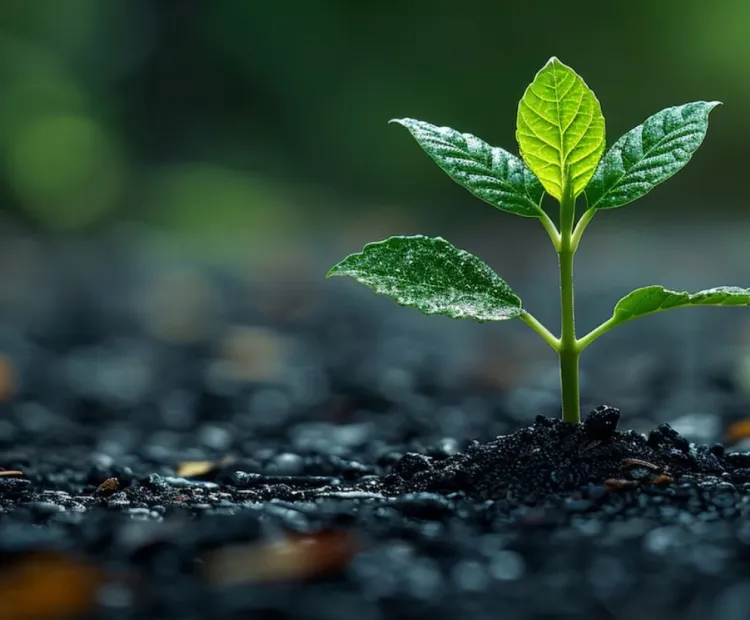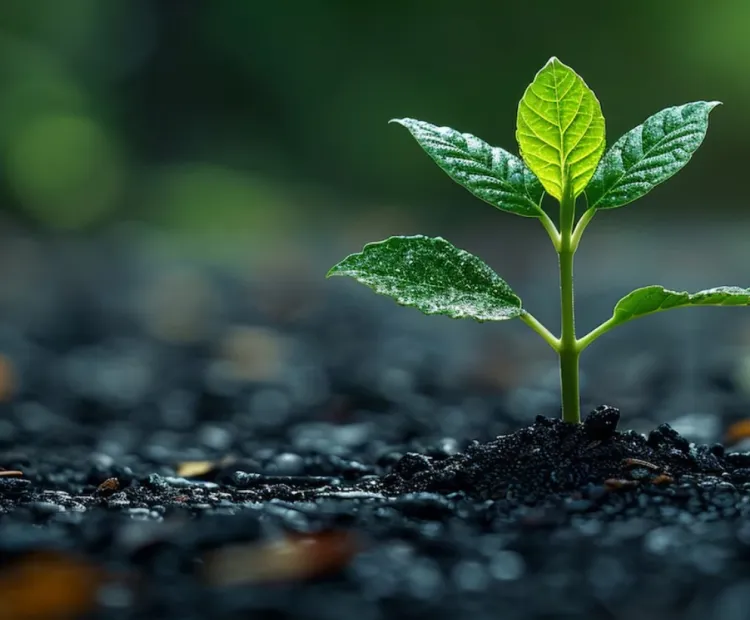Location: Lamtaput and Dasamantpur blocks of Koraput district of Odisha
Funder: BMGF
Project Period: November 2023 to October 2026
Project Overview:
This project aims to improve health resilience among tribal communities in Dasmantapur and Lamtaput blocks of Koraput district, Odisha, through sustainable, community-led interventions. Despite the presence of government health services, access and utilization remain low due to infrastructural, cultural, and logistical barriers. The initiative will engage and train local stakeholders—frontline workers, traditional healers, SHGs, and “Community Champions”—to enhance nutrition, hygiene, and disease surveillance. By integrating local knowledge with public health systems, the project seeks to create a replicable model that addresses critical health challenges such as malnutrition, anaemia, maternal and child health, and infectious disease outbreaks.
Goal:
To demonstrate a sustainable community centric model that will focus on improving the health and wellbeing of the local tribals in the areas of nutrition, disease surveillance, safe water and sanitation through identified and trained “Community Health champions”, in collaboration with the local government in 2 blocks of Koraput district of Odisha state.
Specific objectives:
- To understand the current situation in the health status, health seeking behaviour and care delivery in the 2 intervention blocks and the key stakeholders who will play a role in the project interventions.
- To identify and build capacities of local frontline workers, traditional healers, VHSNCs, SHGs, PRIs and ‘community health champions’ in tracking and managing malnutrition, anaemia, personal hygiene, and infectious diseases in the community with a focus on children under 5 years, adolescent girls, and women.
- To network with the government and local health providers to strengthen access and quality of health services delivered.
- To strengthen the surveillance of disease outbreaks involving community-based organizations.
Project Sites and Target Beneficiaries:
The project will be implemented in two tribal-dominated blocks of Koraput district, Odisha—Dasmantapur and Lamtaput—covering a total of 340 villages. The intervention will reach an estimated population of 1.60 lakh, primarily from underserved and hard-to-reach tribal communities.
The primary beneficiaries include tribal women, particularly those who are pregnant or lactating, children under three years of age, and adolescent girls. Secondary beneficiaries comprise community volunteers, members of Self-Help Groups (SHGs), and frontline health workers such as ASHAs, ANMs, and Anganwadi Workers. Tertiary beneficiaries include local and state health administrators, policymakers, and global stakeholders interested in scalable, community-based health models.
Expected Outcomes:
- Improved health literacy and care-seeking behaviour
- Reduced malnutrition and anaemia among target groups
- Enhanced access to health and ICDS services
- Strengthened community-based disease surveillance systems
